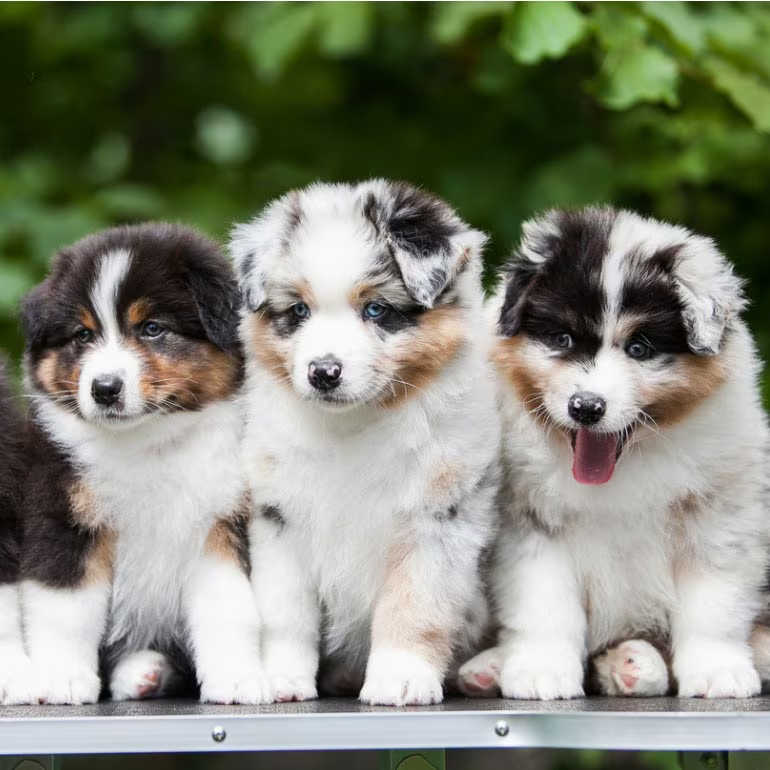Introduction
Decorative dogs, often referred to as ornamental or artistic dogs, play a significant role in various forms of art, design, and cultural expression. From historical artifacts and antique sculptures to contemporary design pieces and pop culture icons, these representations of dogs serve not only as aesthetic elements but also as symbols rich in meaning. This detailed note explores the evolution, styles, cultural significance, and impact of decorative dogs in various contexts.
Historical Background
Ancient Civilizations
Decorative representations of dogs can be traced back to ancient civilizations, where dogs were often featured in art and symbolism. In Ancient Egypt, for instance, dogs were depicted in tomb paintings and sculptures, symbolizing protection and loyalty. The Egyptian goddess Anubis, associated with mummification and the afterlife, was often depicted with a canine head, highlighting the dog’s spiritual significance.
In Ancient Greece, dogs appeared in pottery and sculptures. The Greeks valued dogs for their hunting skills and companionship, which was reflected in their art. The famous sculpture of a dog by the artist Lysippos is a notable example, representing the high regard in which dogs were held.
Medieval and Renaissance Periods
During the Medieval period, dogs appeared in illuminated manuscripts, tapestries, and heraldry. They often symbolized loyalty, fidelity, and vigilance. The image of dogs in medieval art was closely tied to their role as hunting companions and protectors.
The Renaissance period saw a resurgence in the depiction of dogs, with artists such as Leonardo da Vinci and Albrecht Dürer incorporating dogs into their works. Dürer’s detailed studies of dogs in his sketches and paintings highlighted their anatomical precision and contributed to the growing appreciation of dogs in art.
Styles and Forms
Sculpture
Dog sculptures, ranging from realistic to abstract forms, have been a popular medium for artists throughout history. Classical sculptures often depicted dogs in lifelike poses, reflecting their importance in society. Modern and contemporary sculptures, on the other hand, experiment with form and material to convey different artistic messages.
Prominent examples include the bronze statues of dogs by artists like Eduardo Chillida, which often emphasize the dog’s form and texture. Contemporary artists may use unconventional materials, such as recycled objects or mixed media, to create innovative representations of dogs.
Painting and Illustration
In painting and illustration, decorative dogs have been portrayed in various styles, from realistic to whimsical. Famous artists like Sir Edwin Landseer are renowned for their detailed and emotive portrayals of dogs. Landseer’s paintings, such as “The Monarch of the Glen,” showcase the majesty and nobility of dogs, elevating them to the status of artistic subjects.
Illustrations in children’s books and magazines often feature stylized and anthropomorphized dogs, contributing to their appeal and cultural impact. Artists like Beatrix Potter, with her charming illustrations of dogs in “The Tale of Peter Rabbit,” have made significant contributions to the visual representation of dogs in literature.
Ceramics and Pottery
Decorative dogs are also a common motif in ceramics and pottery. From ancient Greek and Roman pottery featuring dogs as part of everyday scenes to modern ceramic pieces by artists like Clarice Cliff, dogs have been a popular subject. These pieces range from functional items, such as plates and vases, to purely decorative objects.
Chinese porcelain dogs, such as the Foo dogs or Fu lions, have been significant in East Asian art and culture. These decorative statues are often used as guardian figures and are known for their intricate designs and symbolic meanings.
Cultural Significance
Symbolism
Dogs hold diverse symbolic meanings across cultures. In many traditions, they represent loyalty, protection, and companionship. For example, in Japanese culture, the Shiba Inu is a symbol of good luck and fidelity. In contrast, the greyhound, often associated with speed and grace, is featured in various Western symbols and heraldry.

Ritual and Ceremony
In some cultures, decorative dogs are integral to rituals and ceremonies. In Tibetan Buddhism, prayer flags and thangkas may feature dogs as symbols of vigilance and protection. Similarly, in ancient Rome, dogs were often included in funerary art to accompany and protect the deceased in the afterlife.
Modern Interpretations
Pop Culture
In modern times, decorative dogs have become prominent in pop culture. From movie mascots like Snoopy from the “Peanuts” comics to the iconic “Rin Tin Tin” in early Hollywood films, dogs have captured the imagination of audiences worldwide. These representations often reflect the evolving relationship between humans and dogs, emphasizing their roles as companions and heroes.
Design and Fashion
Decorative dogs also make a significant impact in design and fashion. Designers frequently incorporate dog motifs into clothing, accessories, and home decor. For instance, brands like Gucci and Louis Vuitton have featured dog-themed items, reflecting the enduring appeal of dogs in contemporary fashion.
Artists and designers create dog-themed pieces that range from playful and whimsical to sophisticated and elegant. The use of dog imagery in home decor, such as dog-shaped furniture or artwork, adds a personal and stylistic touch to living spaces.
Conclusion
Decorative dogs have a rich and varied history, reflecting their importance in art, culture, and design. From ancient sculptures and medieval tapestries to contemporary fashion and pop culture, the representation of dogs continues to evolve, capturing their enduring appeal and symbolic significance. As both artistic subjects and cultural symbols, decorative dogs provide a fascinating glimpse into humanity’s relationship with these beloved animals.
References
- Morris, Desmond. The Dog: Its Behaviour, Nutrition and Health. HarperCollins, 1987.
- James, Grace. The Art of the Dog: A History. Thames & Hudson, 2005.
- Smith, John. Ceramics and Pottery: Decorative Techniques Through the Ages. Abrams, 2010.
- White, Joan. Symbolism in Art and Culture: Dogs as Symbols Across Continents. Routledge, 2018.
This comprehensive exploration of decorative dogs highlights their significant role in various artistic and cultural contexts, illustrating how these representations reflect broader human values and artistic trends.
